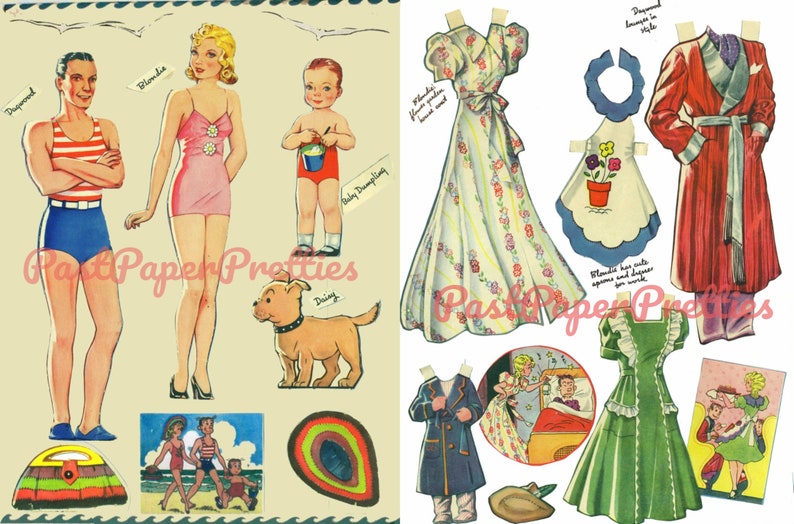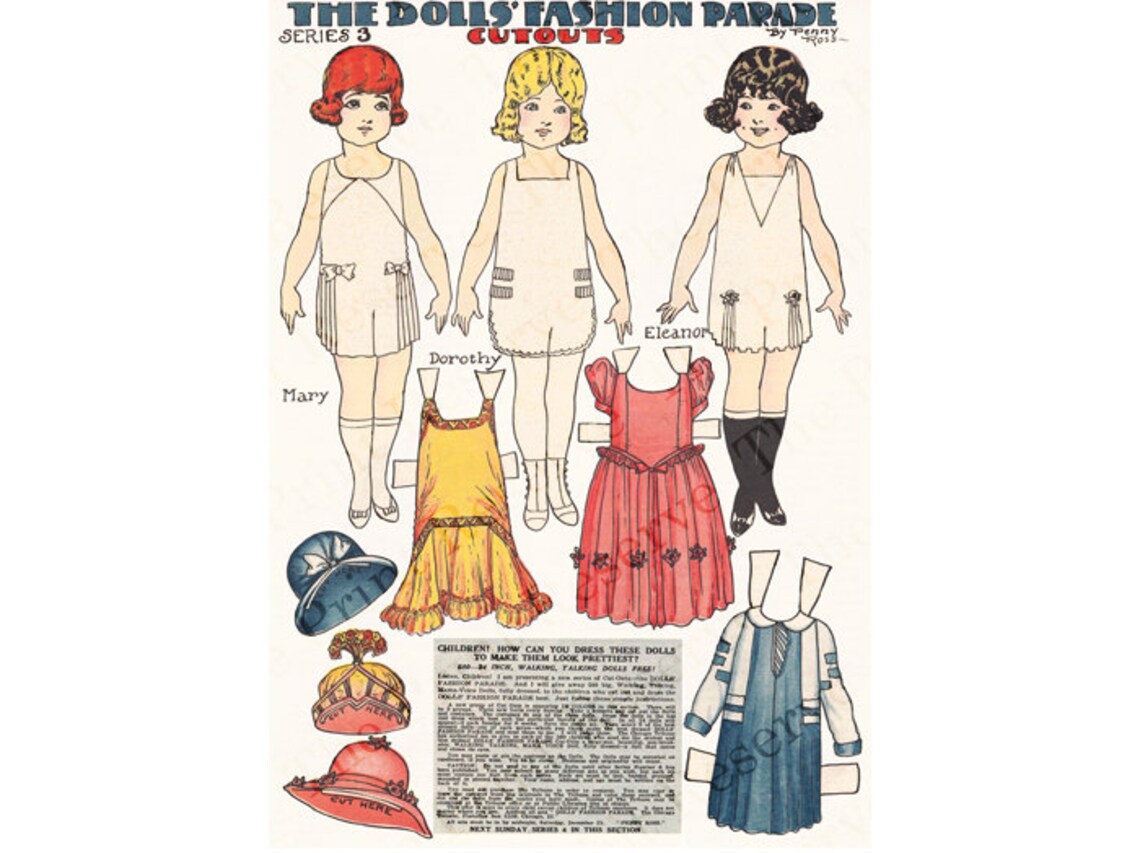
The cookie is used to store the user consent for the cookies in the category "Performance". This cookie is set by GDPR Cookie Consent plugin. The cookies is used to store the user consent for the cookies in the category "Necessary". The cookie is used to store the user consent for the cookies in the category "Other. The cookie is set by GDPR cookie consent to record the user consent for the cookies in the category "Functional". The cookie is used to store the user consent for the cookies in the category "Analytics". It does not correspond to any user ID in the web application and does not store any personally identifiable information. The cookie is used by cdn services like CloudFare to identify individual clients behind a shared IP address and apply security settings on a per-client basis. These cookies ensure basic functionalities and security features of the website, anonymously. Necessary cookies are absolutely essential for the website to function properly.
#Fashion parade for dolls weaveit series#
The art had nearly died out there for a while, but was revived by a series of workshops in the first decade of this century.īolt says that the season-end visitors to the centre, which always include a heavier proportion of European travellers, are absolutely fascinated by the collection, and there have been some squeals of delight from women who collect dolls themselves. In Nunavut there are some of the same materials, but a lot more sealskin, fox and rabbit.

Many have a belt with the word “Yukon” spelled out across the waist.ĭolls from the Northwest Territories share the same basic materials, but also make the “Mother Hubbard” style of cloth clothing and use a lot of floral beadwork.

Yukon dolls tend to be made from moose and caribou along with a verity of furs from small animals. “I try to capture my culture with my dolls.” Lizzie Angootealuk, whose dolls are usually posed doing some traditional activity, is very specific about this in her comments. While the dolls originally had a practical purpose, today they are more often created as works of art that reflect Northern history, cultures and customs. In the past, when most things were hand made, children began to work alongside their parents and elders at a very early age, learning “how to scrape and tan hides, spin thread and weave it in to cloth, or sew boots with animal sinew… Making doll clothes was a way to learn these essential skills.” She often creates dolls that depict hunting.Īs the useful 60-page booklet that goes with the exhibit indicates, the origins of this handmade doll tradition has “a more serious adult purpose teaching the children the skills that will be required when they grow up.” The doll in question is by a younger artist, Sarah Uppik, from Sanikiluaq, Nunavut.

They just think it’s so funny that there are fish made out of fish skin.”ĭolores Anderson has been making dolls and other traditional crafts since she was a child. “It’s been charming quite a few of the kids. “The dolls really show how the cultures valued using everything they had-every scrap of bone, leather or fur,” she says. There is a clear emphasis on winter clothing in the collection, and the detail work that went into the boots on all the dolls is a clear indication of how important good footwear is seen all across the North. The work of 29 doll makers is featured, including Dawson’s own Dolores Anderson, and Yukon elders Pearl Keenan, Rachel Thompson and Annie Smith.ĭänojà Zho Manager Glenda Bolt notes that the territories have very similar themes even if the materials used to make the dolls are different. The travelling collection, containing dolls from the three northern territories, was assembled as part of the cultural display at the 2010 Olympics in Vancouver.

Students at the Robert Service School (RSS) have already had one shot at doll making and the efforts of the Grade 4 class are part of the display that the centre has been running all summer, along with some local dolls from the Tr’ondëk Hwëch’in collection. Sewing Our Traditions: Dolls of Canada’s North will be on display at Dawson’s Dänojà Zho Cultural Centre until September 21, held over from the centre’s regular summer season so that it can be part of a school-related program.


 0 kommentar(er)
0 kommentar(er)
